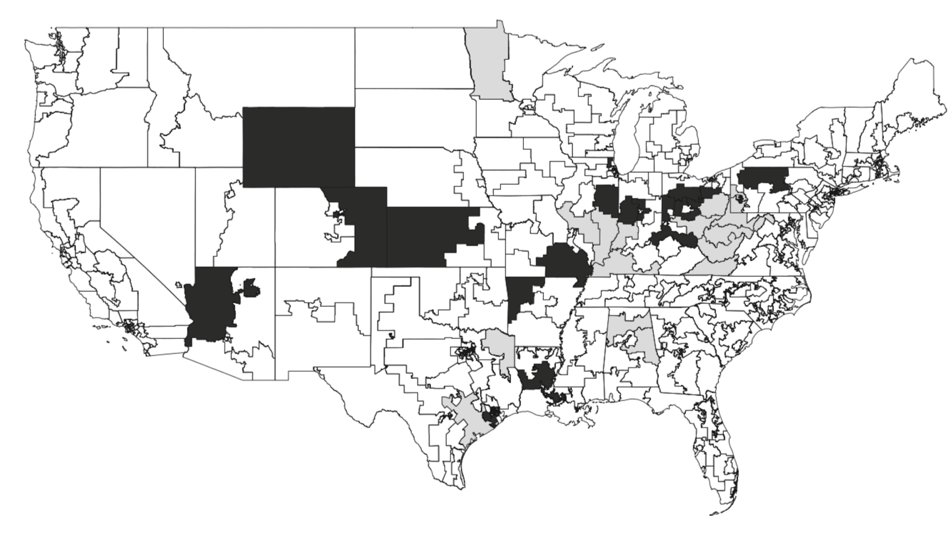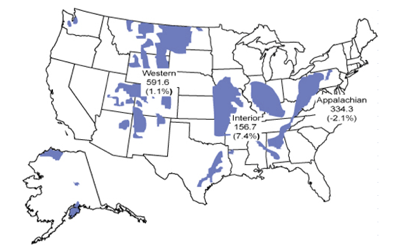My new book Carbon Captured is out! In it, I explain differences across countries in the timing and substance of their climate reforms. A quick  here on one of the book's key arguments - something I call the logic of "double representation" 1/ https://mitpress.mit.edu/books/carbon-captured
here on one of the book's key arguments - something I call the logic of "double representation" 1/ https://mitpress.mit.edu/books/carbon-captured
 here on one of the book's key arguments - something I call the logic of "double representation" 1/ https://mitpress.mit.edu/books/carbon-captured
here on one of the book's key arguments - something I call the logic of "double representation" 1/ https://mitpress.mit.edu/books/carbon-captured
Often, we talk about climate change as a left-right thing. But this doesn't line up with empirical reality of climate policy debates in most countries. We can't understand climate politics without recognizing this. 2/
The basic idea: climate change became an object of political conflict beginning in the late 1980s as climate science developed. But across advanced economies, political parties and economic interest groups were already well established 3/
What happened? Climate policy exposed cross-cutting differences in the policy interests of otherwise economic allies. It divided workers in industrial unions from workers in low-carbon sectors. It divided carbon-intensive businesses from those with small carbon footprints. 4/
And it split political actors on both the left and right with divergent ties to these divided labor and capital constituencies. There are so many examples of this! 5/
For example, in 1993, President Clinton quietly discussed a carbon tax. Both Democratic and Republican congressional representatives wrote to him urgently opposing the idea. Here is a map of who signed the letter shaded by Republicans (black) and Democrats (gray). 6/
Fun fact: this distribution isn't all that different from a map of US coal deposits. Which is the point. Climate policy posed cross-cutting threats to workers and businesses across the country. These interests were represented by both sides of the ideological spectrum. 7/
The result: no matter whether the left or right has been in power, industrial labor or industrial capital has had direct access to decision-makers. This "double representation" of carbon polluters' voice has been critical for climate politics. 8/
In fact, in Carbon Captured, I argue that the double representation of carbon polluters is the single most important feature of climate policy conflict across advanced economies. 9/
You can find examples of this double representation everywhere. In the US, carbon taxation was dead on arrival in 1993 because life-long coal champion, West Virginia Senator Robert Byrd, held a de facto veto as Chair of the Senate Committee on Appropriations. 10/
In Australia, the right-wing Liberal Party narrowly ousted pro-climate leader Malcolm Turnbull in 2009 after he negotiated with a Labor government to endorse federal carbon pricing. 11/ https://www.abc.net.au/news/2009-10-01/turnbull-puts-leadership-on-line-with-challenge-to/1086806
In Norway, peak unions and business associations worked with Labor and Conservative officials in the mid 1990s to carbonize (!) the Norwegian electricity system through construction of new gas-fired power plants (pictured here!). 12/
Double representation also means that rather than climate policy opposition being a fossil fuel company thing, it is also a carbon-intensive union thing. This has major implications for climate politics and policy design. 13/ https://twitter.com/mmildenberger/status/1225772306359836674
The book goes a lot further: in turn, I show how double representation interacts with the political institutions in different countries to explain why some act and others don't. But that is a topic for a future thread /FIN https://mitpress.mit.edu/books/carbon-captured

 Read on Twitter
Read on Twitter





